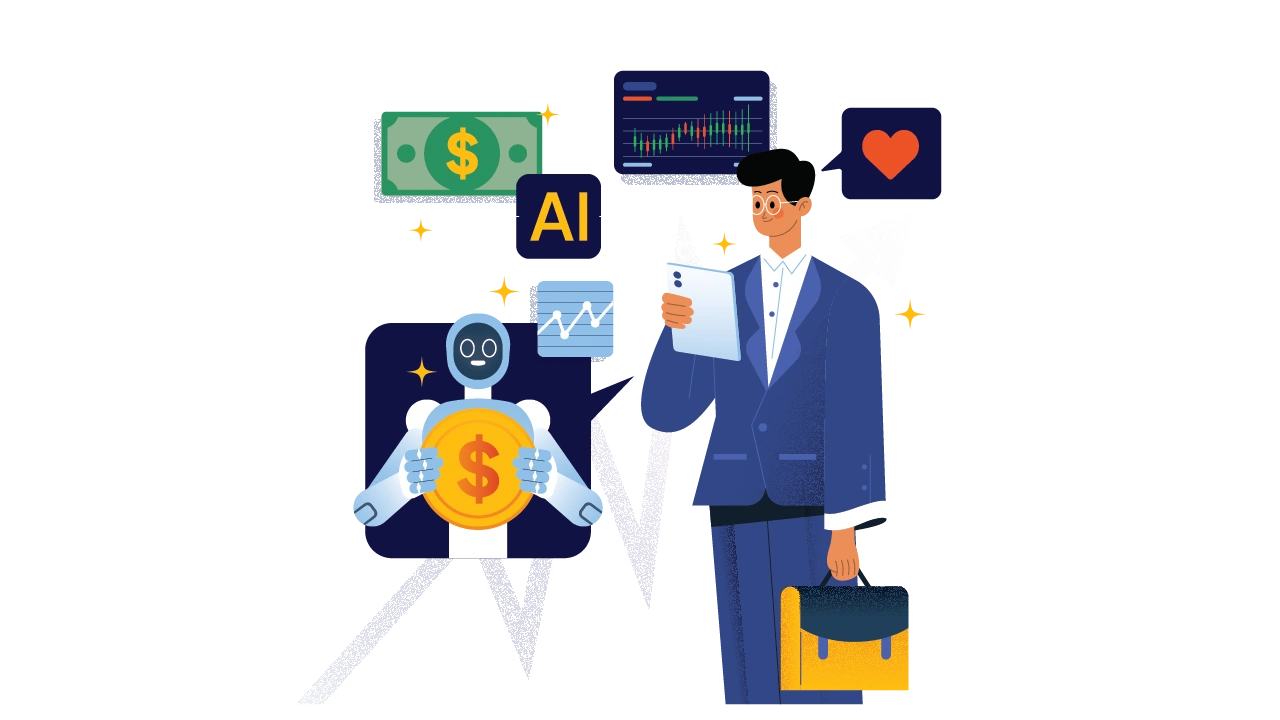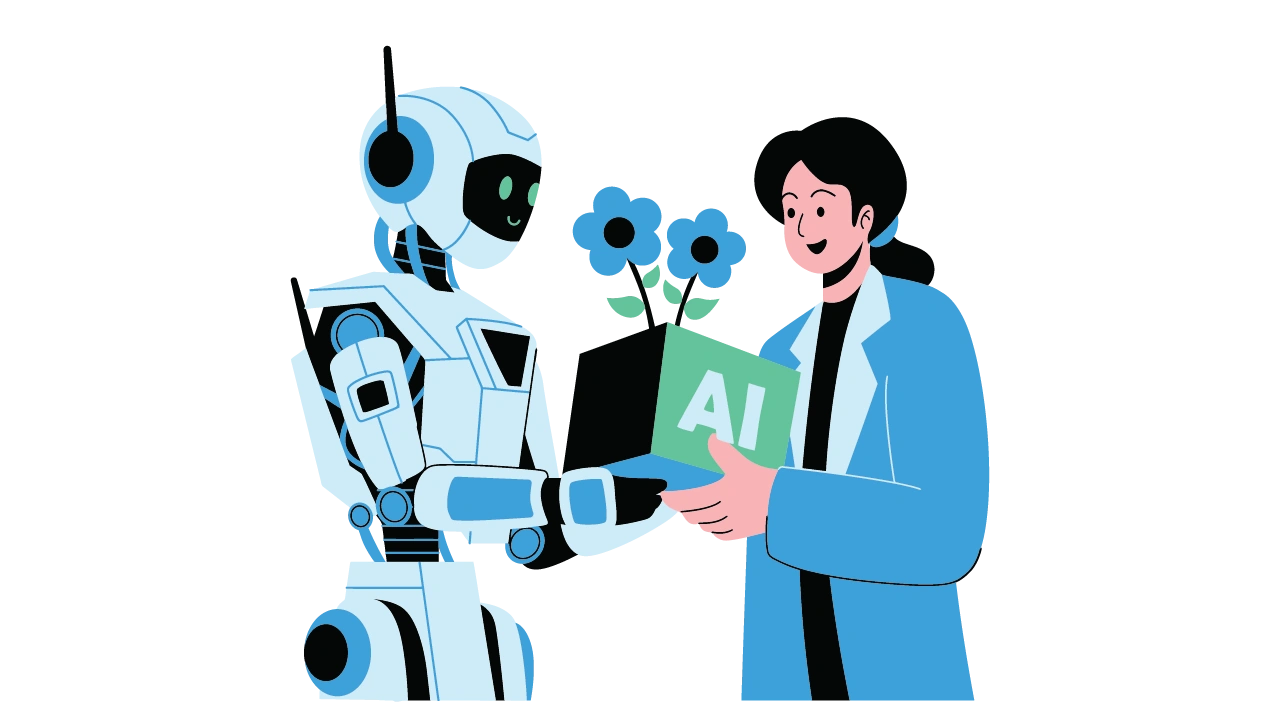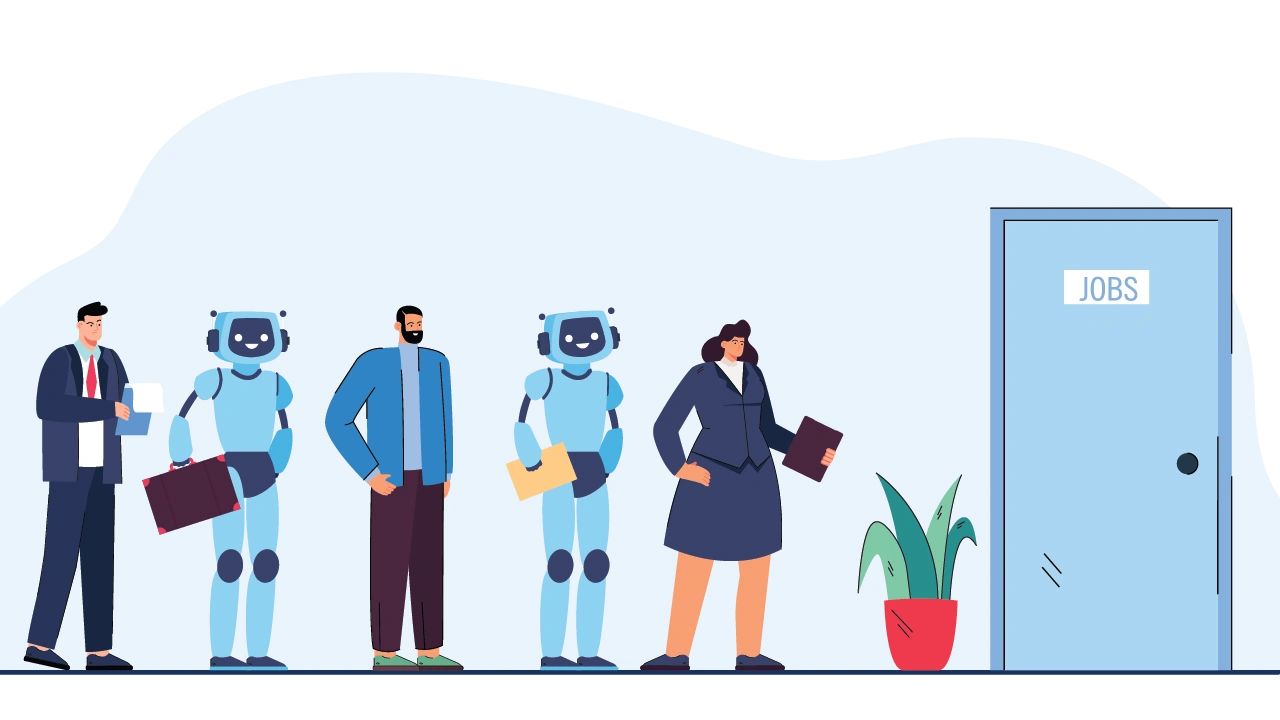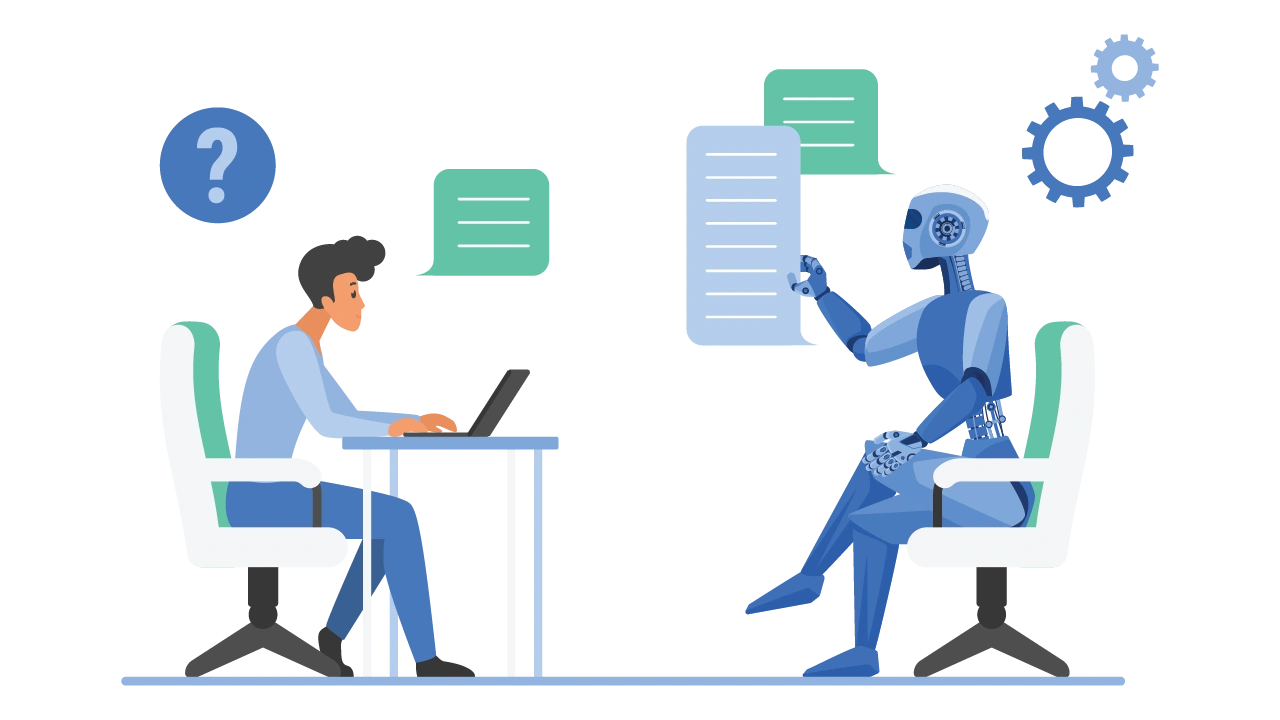


Predictive analytics has been the trusted compass of modern enterprises for more than a decade. By mining historical data and projecting patterns, businesses have gained foresight into customer behaviors, market trends, and operational needs. Yet in 2025, leaders face a reality that traditional predictions can no longer capture. Economic volatility, sudden supply chain breakdowns, evolving workforce expectations, and unpredictable geopolitical tensions have created a landscape where static forecasts fail to guide meaningful action.
This is where Agentic AI for scenario simulation changes the rules of the game. Unlike predictive tools that only extend the past into the future, agentic AI introduces autonomous reasoning, multi-path exploration, and real-time adaptation. Instead of asking “What’s likely to happen?”, businesses can ask “What if this happens—and how should we respond?”
The thesis is clear: enterprises can no longer afford to rely solely on backward-looking analytics. They must embrace agentic AI for adaptive business strategy, enabling leaders to simulate multiple futures, stress-test decisions, and build resilience that thrives amid disruption.
Predictive analytics remains useful, but it is inherently limited. Forecasts are only as strong as the data they rely on—and that data reflects the past. When conditions remain stable, this works fine. But today’s world rarely stays stable.
Consider the concept of black swan events-high-impact, unpredictable occurrences such as the pandemic or sudden financial crises. Predictive systems trained on historical datasets often fail catastrophically in these scenarios because the data simply doesn’t exist to anticipate them.p>
Moreover, even in less extreme circumstances, predictive analytics tends to oversimplify complexity. It assumes variables will move within familiar ranges, leaving decision-makers blindsided when multiple disruptions collide.
In 2020, organizations that leaned too heavily on static forecasts found themselves paralyzed. Airlines that planned routes based on previous years’ travel patterns were left grounded. Retailers who projected steady supply chains saw shelves empty overnight.
The lesson is evident: businesses must move beyond prediction toward adaptive strategy. Instead of asking for a single “answer” about the future, leaders need tools that help them test multiple scenarios, evaluate contingencies, and pivot dynamically. Adaptive strategy recognizes uncertainty as a constant, not an exception.
Traditional predictive tools are like weather reports: they tell you it might rain tomorrow based on historical climate data. Agentic AI, however, doesn’t stop at probability. It acts like a skilled navigator who prepares routes for sunshine, rain, or storm—and continuously recalculates as conditions change.
By moving from passive forecasting to active scenario modeling, agentic AI allows enterprises to explore the ripple effects of multiple variables at once. What if inflation spikes while customer demand dips? What if a competitor launches an aggressive pricing strategy during a supply chain crunch? Instead of static answers, leaders gain a portfolio of possible futures and strategic options.
The unique capability of agentic AI lies in its use of autonomous agents-digital entities that simulate actions, decisions, and responses across complex systems. These agents test outcomes, evaluate interdependencies, and adapt strategies without waiting for human intervention.
For example, an autonomous agent might model the effects of hiring freezes across departments, balancing short-term cost savings against long-term productivity risks. Another might evaluate different financial investment strategies under varying inflation rates. Together, they provide leaders with a dynamic playbook for AI-driven decision-making.
Human capital remains one of the most unpredictable elements of business continuity. With talent shortages in some industries and surpluses in others, leaders cannot assume workforce dynamics will remain stable.
Agentic AI helps HR leaders simulate attrition risks versus retention strategies. What happens if 15% of engineers exit within a quarter? How does that affect product launches or customer service quality? Conversely, how might investing in upskilling programs reduce turnover and increase organizational resilience?
These insights support adaptive leadership in HR, where workforce planning becomes proactive rather than reactive.
CFOs constantly face a balancing act between protecting margins and pursuing growth. Predictive analytics may suggest future revenue streams, but it rarely tests volatility.
Agentic AI simulates financial risks—such as currency fluctuations, credit defaults, or sudden shifts in consumer demand—alongside opportunities like market expansions or strategic acquisitions. By stress-testing both upside and downside scenarios, leaders can align capital allocation with a resilient growth path.
Global supply chains have become the weak link of many industries. Natural disasters, shipping bottlenecks, or trade restrictions can cascade through operations.
Agentic AI enables stress-testing of operations and supply chains, simulating what happens when a critical supplier fails, a shipment is delayed, or energy costs spike. These scenario simulations not only highlight vulnerabilities but also recommend contingencies, such as alternate sourcing or dynamic routing.
What makes agentic AI especially powerful is its ability to adjust in real time. Unlike quarterly strategy reviews that may lag behind events, AI agents process live data feeds—from market prices to workforce attendance—and continuously recommend adjustments.
For example, during a sudden raw material shortage, AI agents might recommend scaling back production of lower-margin products while prioritizing high-value offerings. These real-time adaptive strategies prevent losses and maintain competitiveness.
The role of leadership is not to cede control to machines but to collaborate with them. Agentic AI functions as a decision-making partner, enabling leaders to explore scenarios before committing to action.
CXOs can interact with AI systems almost like consultants: “What if we expand into Southeast Asia under current trade policies? How would our financial resilience change if interest rates rise by 3%?” The system doesn’t give one answer—it presents a spectrum of options, trade-offs, and risks. This empowers leaders to maintain vision while grounding their strategies in strategic foresight with AI.
One of the greatest organizational challenges is alignment across departments. Finance may prioritize cost reduction, HR may push for retention, and operations may focus on efficiency. Agentic AI unifies insights across functions, creating simulations that show how one decision impacts all stakeholders.
For instance, reducing workforce costs may save short-term budgets but risk long-term innovation. AI simulations make these trade-offs visible, accelerating consensus and ensuring strategy supports enterprise-wide objectives.
Resilience is no longer about bouncing back after disruption; it’s about staying ahead of it. By integrating risk management with AI, enterprises build shock-absorber strategies that prepare them for multiple disruptions at once.
From business continuity planning to crisis playbooks, agentic AI allows organizations to design responses that are both proactive and adaptive. This transforms resilience from a compliance exercise into a competitive advantage.
The next frontier of enterprise strategy is not AI replacing leaders, but leaders empowered by AI. AI-augmented leadership means executives focus on vision, culture, and human connection, while agentic AI manages the complexity of modeling thousands of scenarios.
This shift allows leaders to transition from reactive firefighting to proactive organizational resilience. They are no longer at the mercy of unpredictable forces; they are co-pilots with AI systems capable of turning complexity into clarity.
In 2025, predictions alone are insufficient. The pace of disruption—from global crises to subtle market shifts—demands more than statistical forecasts. What organizations need is Agentic AI for scenario simulation and adaptive strategy.
By moving beyond predictions, businesses can simulate multiple futures, evaluate trade-offs, and design adaptive strategies that thrive in uncertainty. Agentic AI doesn’t just highlight risks—it equips leaders with actionable paths to resilience, agility, and growth.
The insight is simple but transformative: when enterprises embrace agentic AI, they replace static planning with dynamic strategy, turning volatility into opportunity.
Future-proof your decision-making. Leverage Agentic AI for adaptive strategies today—and lead with clarity in an uncertain tomorrow.
Predictive analytics relies on historical data to project future outcomes. It answers “What’s likely to happen?” Agentic AI goes further by simulating multiple scenarios, testing “What if” situations, and recommending adaptive strategies in real time. It is proactive, not just predictive.
Yes. Agentic AI can model workforce dynamics such as attrition, retention, or skill shortages. For example, it can simulate the impact of losing a percentage of critical staff or forecast how investment in training programs may reduce turnover. This makes HR planning more adaptive and resilient.
Agentic AI continuously stress-tests strategies against multiple risk factors—economic shocks, supply chain disruptions, or market volatility. Instead of one forecast, it provides contingency plans and adaptive pathways, turning risk management into a proactive advantage rather than a defensive activity.
Not at all. While large enterprises may use agentic AI for complex global operations, mid-sized organizations can also benefit. Whether forecasting financial risks, testing supply chain resilience, or simulating customer demand shifts, agentic AI scales to the needs of any organization.
Agentic AI is not a replacement for leadership—it’s a partner. Leaders still define vision, culture, and long-term goals. AI provides clarity on trade-offs, risks, and opportunities, enabling executives to make informed, adaptive decisions. The result is AI-augmented leadership, where human judgment and AI insights work together.

In today’s rapidly evolving work landscape, the arrival of Agentic AI in the workplace is shifting the way teams function, decisions...

As artificial intelligence continues to reshape the workplace, a new frontier is emerging-one where human workers and AI agents...

The “Future of Work” is no longer a distant vision—it’s today’s reality. In 2025, global organizations are navigating a landscape...

In a world where distributed teams are the norm rather than the exception, the role of culture is under the microscope like never before...

We hear about AI everywhere - from headlines about job losses to promises of supercharged productivity...

In today's dynamic and often unpredictable business landscape, growth is the ultimate aspiration for small and mid-sized enterprises (SMEs)...